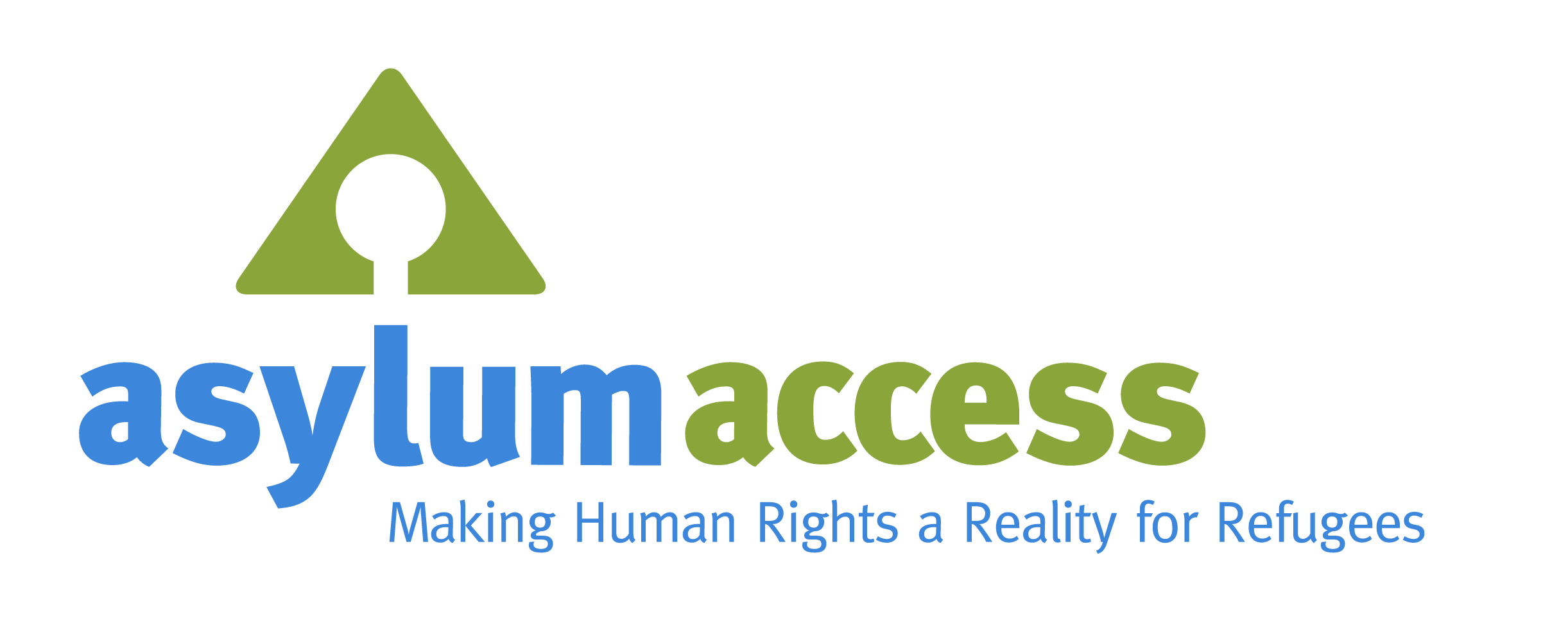MERCOSUR: open migration or “invisibilization”?
Ecuador has recently begun to implement a new visa, which allows nationals of MERCOSUR countries to apply for temporary and then permanent residency – and acquire work rights – in the country. This has already facilitated the movement and integration of many migrants across the continent in MERCOSUR member states where the visa is in place, and is now set to make a difference for Colombian refugees in Ecuador.
The law will present an alternative channel by which new arrivals, and those currently in the country whose asylum requests have been rejected, can regularize their stay in Ecuador.
One of the main benefits of this visa is its relatively simple list of requirements: applicants would not have to endure the emotionally draining, lengthy and unpredictable process of lodging an asylum claim. The MERCOSUR visa, as it does not apply to the refugee population exclusively, may carry less stigma than refugee documents, enabling holders to access the services that are often denied by institutions and employers unaware of the rights attached to refugee and refuge-seeking status. It is also positive step in the direction of more liberal migration policies at a regional level.
While the visa carries clear practical advantages, and is already being promoted by public authorities working with refugees in the country, the knock-on consequences of this new system raise some concerns. If Colombians fleeing the conflict prefer to regularize their stay through the MERCOSUR visa, a drop in asylum claims in Ecuador may ultimately render the extent of the refugee flows into the country much less visible.
At the same time, the recent exclusion of the 1984 Cartagena Declaration’s widened definition of a refugee (covering those fleeing generalized violence and human rights violations) from Ecuador’s national legislation, with the introduction of Executive Decree 1182 in 2012, means that fewer asylum claims are granted in the first place, where direct, targeted persecution cannot be demonstrated. Additionally Article 27 of this Decree imposes a 15-day time limit dating from entry into the country within which applicants must register their asylum claim. This unfeasibly tight deadline also contributes to a high number of inadmitted refugee status requests.
Could a progressive ‘invisibilization’ of the refugee population have wider implications? Refugee sending countries have often claimed that a fall in refugee statistics can signal positive advances in stability, rule of law, and peace processes. The success of the stop-start Colombian peace dialogues currently underway between the Santos government and the FARC in Cuba are the subject of intense speculation and disagreement. It is therefore important that any decrease in refugee numbers is not cited as a justification of the success of the peace process, as this would risk obscuring the evolving dynamics of the conflict, which tend towards flight increasingly caused by new armed actors such as criminal gangs.
If the refugee population becomes less identifiable, it would be harder to respond to those specific needs of forced migrants, which often differ from the needs of other migrants with regards to psychological care, material necessities, continued risks of persecution in some cases, and the quest for comprehensive justice and healing.


At the IASFM Conference on Forced Migration and Peace at the Javeriana University in Bogotá in July, AAE Regional Operations Coordinator Nicoletta Roccabianca and Program Associate Laura Parker had the opportunity to discuss the Ecuadorian dimension of Colombia’s displacement crisis with the wider refugee research community and presented a paper investigating the risks and opportunities of this new legal framework.
Highlights of the conference included hearing IDPs’ own perspectives on resisting and responding to forced displacement, with a view to comparing strategies and building grassroots coalitions across continents. Sessions on land restitution and the peace process in Colombia, displacement caused by the agro-industry, and the protective scope of the 1984 Cartagena Declaration were interspersed with documentaries, immersive theatre and musical performances, putting displaced communities and individuals decidedly center stage, and academic theorizing firmly within the realm of the lived realities of forced migration today.
Written by Program Associate Laura Parker.




